
People have made cloth from cotton for thousands of years. Today, cotton has various uses in many parts of the world. It is durable, breathable, soft and hypoallergenic. Plisse refers to cotton that has been specially treated in order to give it a unique appearance.
Method
Plisse is created by applying a paste of caustic soda, otherwise known as sodium hydroxide, to the fabric. The caustic soda causes the fabric it touches to shrink, creating puckers. It can be used create patterns, such as stripes or dots. Plisse is also refered to as a crepe effect.
Care
Most plisse cotton does not require ironing. Ironing can actually damage plisse, flattening the pucker produced by the caustic soda. When ironing plisse, it is important not to pull the material, so as not to ruin the cotton's crepe effect.
Uses
Plisse has a variety of uses. Manufacturers commonly use it to make household items like curtains and bedspreads. Plisse is also used for clothing, particularly pajamas and dresses.
Seersucker
Plisse cotton with a striped pattern can look very similar to seersucker. However, seersucker involves a more complicated weaving technique. Ironing may damage plisse but seersucker withstands it. You may be able to tell the difference between plisse and true seersucker by stretching the fabric to see if the seersucker weave is present, or if the fabric is chemically treated plisse.
Related Articles

The Care of Plisse Fabric

Characteristics of Rayon Fabric
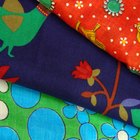
What Is Arnel Vintage Material Fabric?
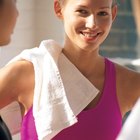
Description and Characteristics of ...

How to Wash Dupioni Silk
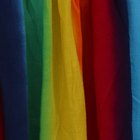
How to Get Out Marker From Chiffon

How to Clean Viscose Shawls

What Is Silk Chiffon?

How to Shrink Flannels

Types of Indian Fabric

What Is Moire Fabric?
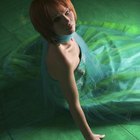
Can Chiffon Be Washed?

What Is Polyester Crepe Fabric?

Types of Cotton Fabric

Types of Polyester Fabric
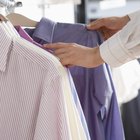
Twill vs a Cotton-Polyester Blend

What Is the Difference Between Acrylic ...

How to Soften Stiff, Starchy Material

Care Instructions for Voile Fabric
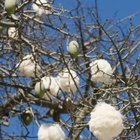
List of Plants Used for Clothing
References
- Cotton Counts: History of Cotton
- "Home Comforts, The Art and Science of Keeping House"; Cheryl Mendelson; 1999
- Blend New York: Define Plisse
Writer Bio
Elizabeth Pace began writing professionally for Demand Studios in 2010. She plans to use her experience in research based writing to write fact sheet, how to and about articles for eHow. She holds a Bachelor of Arts in English from Springhill College in Mobile, Alabama. She graduated "summa cum laude" and received the Edward Day Stewart award for highest GPA in her field.
Photo Credits
Comstock Images/Comstock/Getty Images